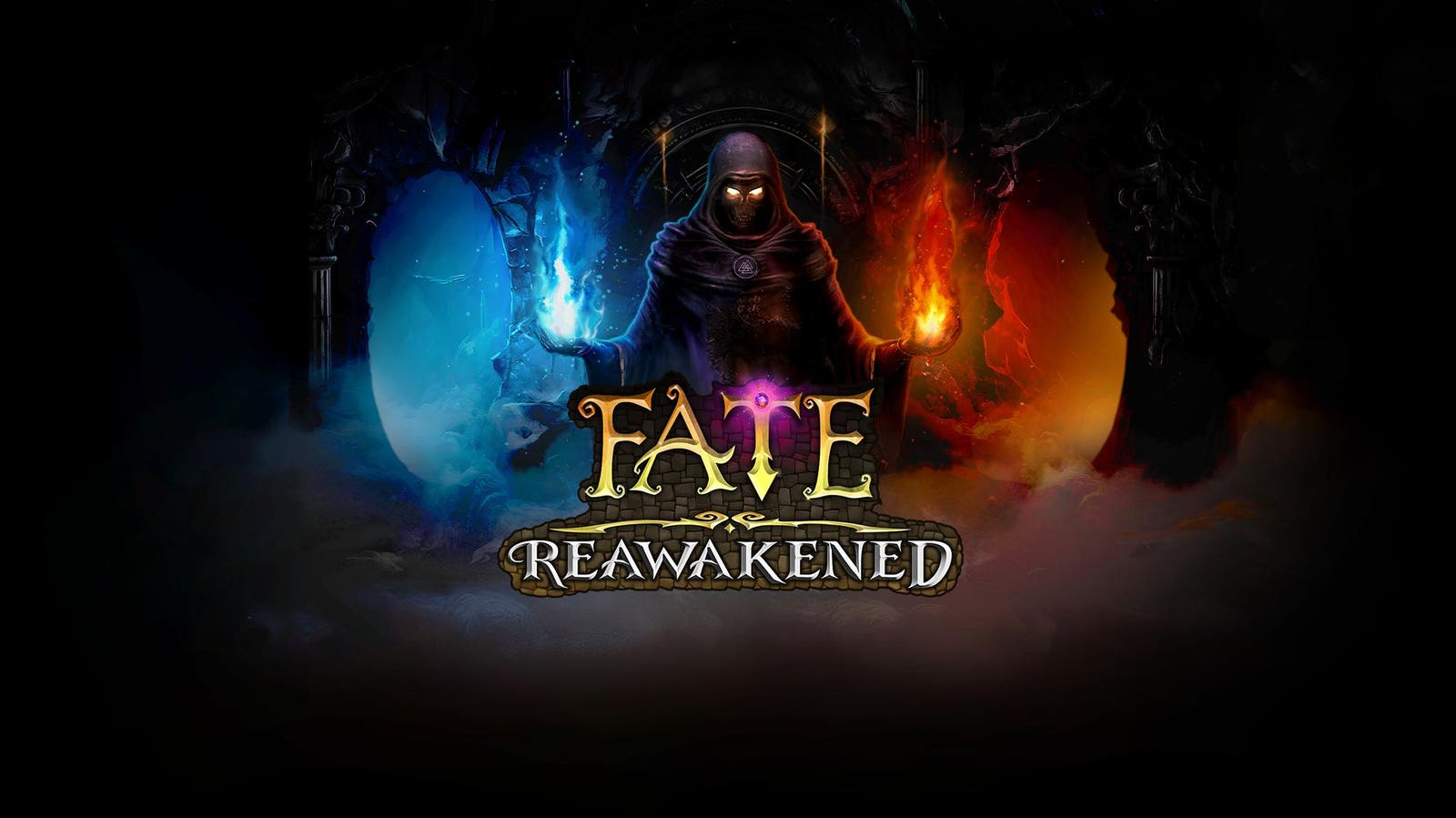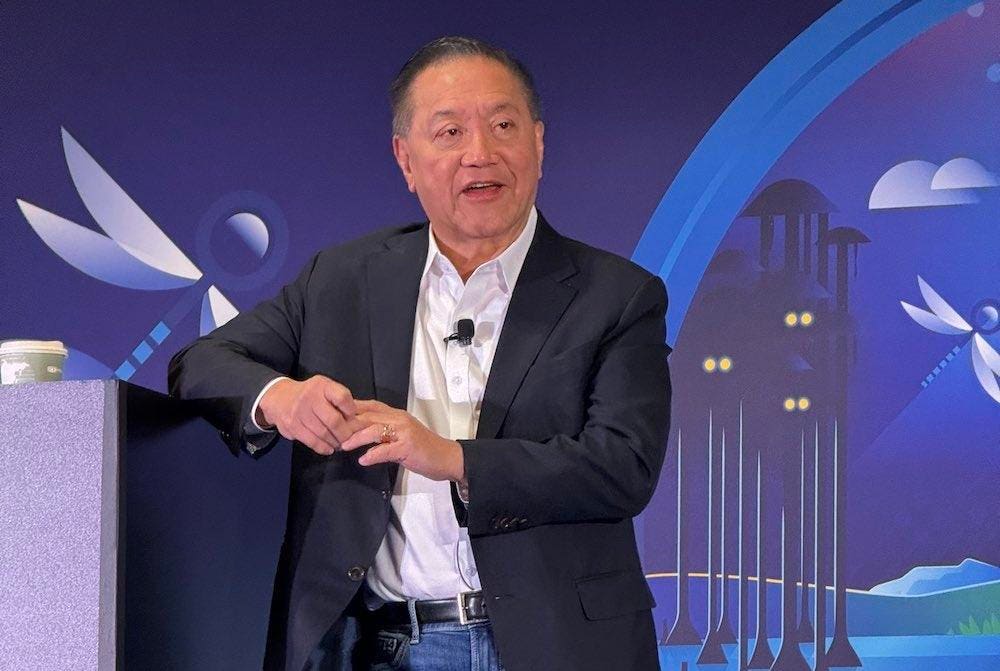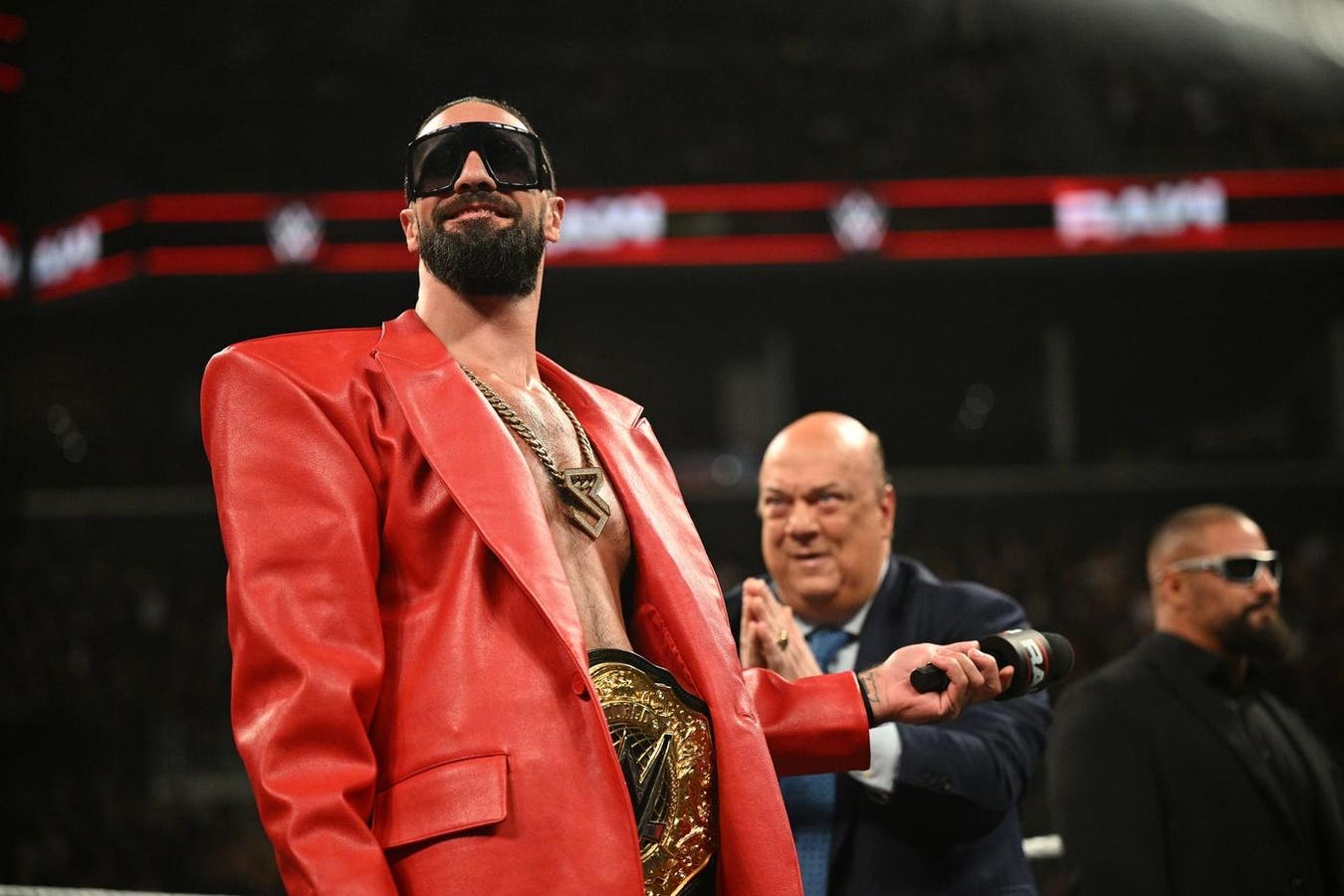At its core, Instagram is a game.
A what? A game – and so are many other applications.
That’s the perspective of Bastian Bergmann, noted in his latest book, Press Play: Why Every Company Needs a Gaming Strategy, published by Harvard Business Review. Ultimately, “games” such as Instagram are a model for business interaction with customers and employees.
“Of course Instagram is a game,” writes Bergmann, cofounder of Solsten, a previously with Boston Consulting Group. “It’s experience consists of five core elements that make up the user cycles through: goals and objectives; rules and instructions; interactions; challenges; and outcomes; rewards and feedback. The goal is to have other users follow you and interact with your content.”
There you have it: it’s simply human mature, people love games. And they’re likely to also love, or at least like, the company providing the fun stuff.
“Gamification” emerged more than a decade ago as a digitally driven, yet unconventional approach to motivating employees and customers alike. Now, we have a progress report on how that’s going.
There are a lot of gamers now in the world, exceeding three billion by some counts. And this is spilling into mainstream commerce and corporate cultures – gaming strategies are now used by a growing number of companies – including Peloton, Burberry, the New York Times, BMW, and Chipotle, Bergmann pointed out.
Gaming is more than simple fun and games – it has transformative power, Bergmann added. For starters, just about everyone these days is a gamer on some level, even though they aren’t sitting in front of immersive screens with joysticks and control panels.
As Bergmann put it: “My wife, for example, would never describe herself as a gamer, but she has the puzzle game 2048 on her phone and plays often; she also likes The New York Times games bundle, which is they key driver behind the Times success in increasing its digital revenues against the prevailing trends in a challenged publishing industry.”
Of course, and not surprisingly, “kids probably play some video games and hang out with their friends inside them,” he added. “Maybe the person sitting next to you on an airplane is frantically matching items to collect colorful gems; roughly 270 million people play Candy Crush Saga at least once a month.”
There’s potential in this gamified world. At least 80% of customers are more likely to make a purchase when companies offers personalized, deeply immersive experiences, he noted.
So, how does a company build gaming as a business strategy? Bergmann suggested four options:
- Integrate with existing video games. Identify ”existing titles that reach your desired audience,” he offered. Use cases extend “from showing ads, to placing a product inside a game, to integrating an actual service.”
- Create new video games. “Creating a video game from scratch allows for the design of an experience that perfectly aligns with a company’s brand and goals.” The benefit is the first-party data that customers generate.”
- Leverage Web3 games. Built on blockchain, this approach to game development and deployment offers a wide range of marketing and monetization opportunities.
- Make the video game the product. Not many companies are doing this at this time, with the exception of Peloton and a few other standouts.
Bergmann cites examples of gamification at work. For example, United Airlines offers an in-app game called Cleared to Land. “Mirroring the complex and busy operations of a real-world airport, players take on the role of an air traffic controller to try to coordinate the landing of several United planes with perfect timing.” United also offers an in-app game called Flight Simulator, modeled after actual pilot training simulators. The games help reinforce United’s goal of flying friendly,” Bergmann pointed out.
In another example, toymaker Hasbro teamed up with video game producer MobilityWare to leverage its Monopoly brand for a new game called Monopoly Solitaire, and “doubled its revenue expectations a year after launch.” From this project, Hasbro learned that its target audience was entrepreneurial-minded, who also valued mentorship.
It all boils down to an important advantage going forward – know your audience, thoroughly. And give them an experience they’ll remember for which they’ll keep coming back.









